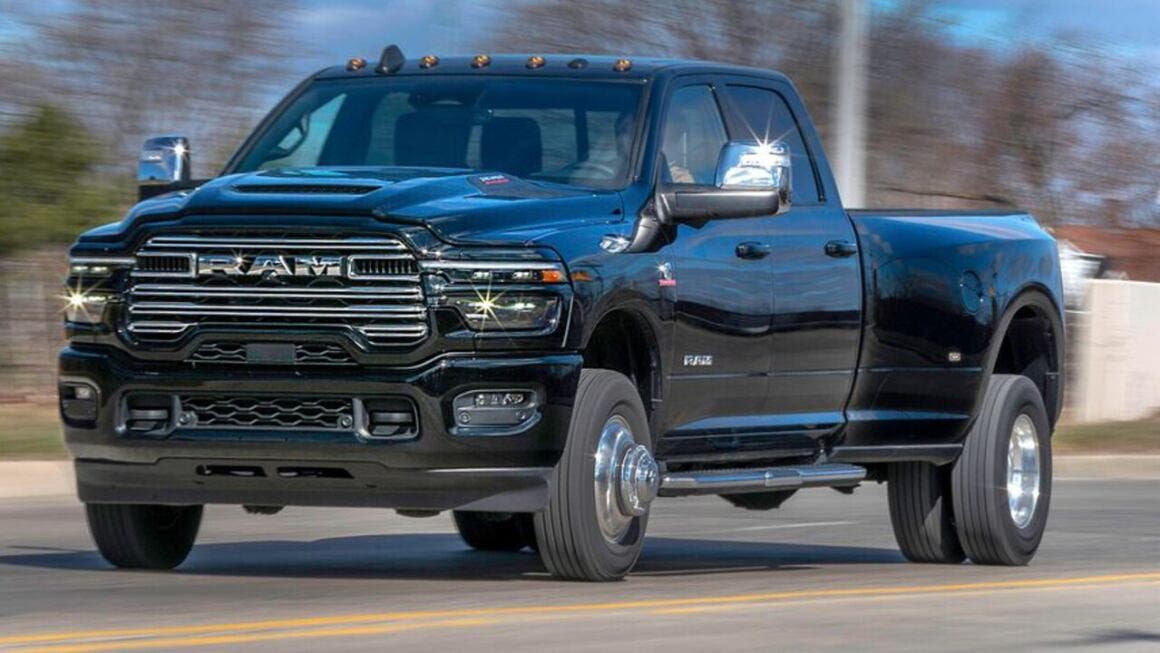Every truck enthusiast has a fiercely held, often brand-loyalty-fueled definition of built to last. For some, it’s surviving a decade of construction abuse. For others, it’s the simple satisfaction of watching the odometer climb far past the “critical” point. Only a tiny handful of pickup trucks genuinely demonstrate the kind of endurance required for 250,000 miles and beyond.
There is one undisputed heavyweight champion of longevity. It’s a rugged workhorse more likely to endure a quarter-million miles than the average competition. That champion is the Ram 3500. The numbers simply don’t lie.

In the iSeeCars 2025 Longest-Lasting Trucks study, the average pickup has about a 13% chance of reaching 250,000 miles or more. The study ranked 19 trucks, and the overwhelming statistical victor, with a massive 39.7% probability of hitting that milestone, was the inimitable Ram 3500. This means the Ram 3500 is more than three times as likely to achieve the feat as the typical truck. It should surprise no one, as the Ram has spent decades cementing its reputation as America’s toughest work vehicle.
The 2025 Ram 3500 continues this legacy, offering modern refinement atop the same uncompromising structure that made its name. Positioned at the pinnacle of the Ram heavy-duty lineup, it attracts drivers who demand heavy-duty pickup toughness. It is quite literally built for the long haul, starting at a modest $48,665 for the Tradesman.

Under the hood, the Ram 3500 offers two engines that embody the term “heavy-duty power”. The standard 6.4L HEMI V8 is paired with an 8-speed automatic, churning out 405 HP and 429 lb-ft of torque. It’s a proven, smooth-running workhorse capable of towing up to 8,000 kg.
However, true statistical dominance lies in the optional 6.7L Cummins Turbo-Diesel I6. The high-output version is elite territory, generating a staggering 430 HP and an unbelievable 1,075 lb-ft of torque, enabling a maximum towing capacity of over 17,800 kg. The Cummins name is less a brand and more a synonym for longevity, often exceeding 400,000 miles in real-world use.
